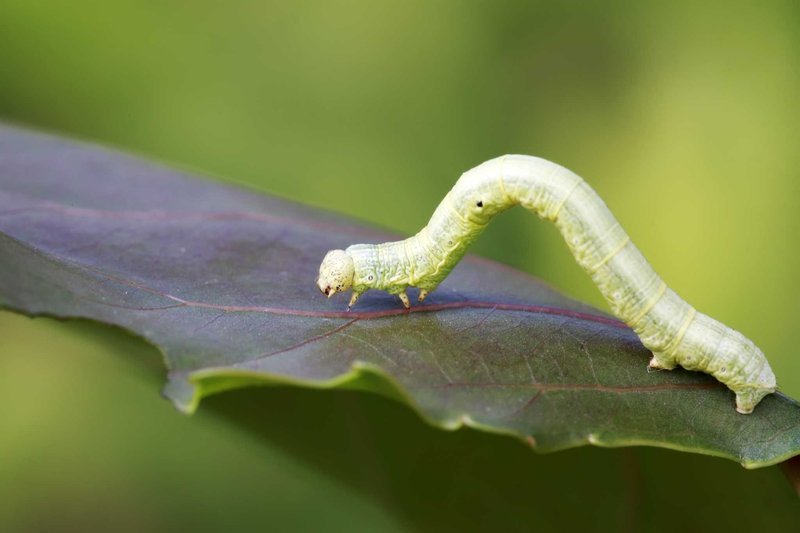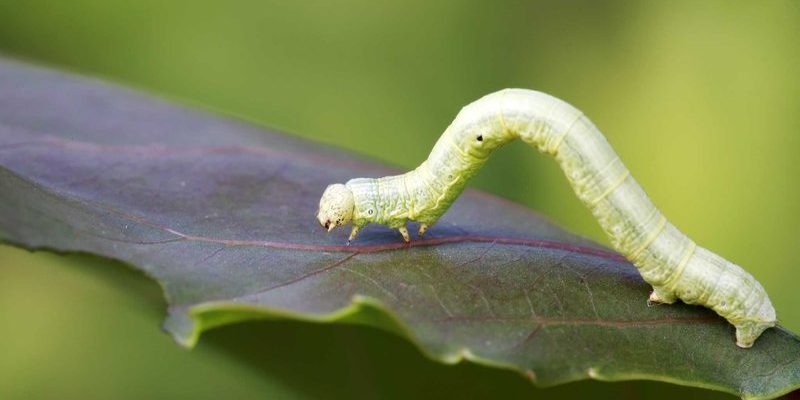
Farming inchworms for bird food might not be the first thing that comes to mind, but it’s a fascinating concept worth exploring. Just as you might grow a garden filled with sunflowers or other bird-attracting plants, farming inchworms can be a sustainable option to support local wildlife—and it might just be easier than you think! In this article, we’ll dive deep into the ins and outs of inchworm farming, why it matters, and how you can get started.
What Are Inchworms and Why Do Birds Love Them?
Inchworms, also known as measuring worms, are actually the larvae of moths. They’re called inchworms because of the way they move, contracting their bodies and then extending them, which looks a bit like measuring a distance. Their soft bodies and greenish or brownish colors help them blend into their surroundings, making them hard to spot—both for predators and for the birds that love to eat them.
So, why do birds go crazy for inchworms? Here’s the scoop: inchworms are a rich source of protein and essential nutrients. For many bird species, especially during breeding season, these little guys are a vital part of their diet. Think about it—baby birds need a protein-rich diet to grow strong and healthy. By providing these nutrient-dense snacks, you’re not only attracting birds but also helping them thrive.
Benefits of Farming Inchworms
If you’re considering inchworm farming, you might be wondering what the benefits are. Farming these creatures offers several advantages:
- Sustainability: By raising inchworms, you’re creating a sustainable food source that reduces the need for wild foraging. This helps maintain local ecosystems.
- Cost-effective: Once you set up your inchworm farm, the ongoing costs are low. You can cultivate them with minimal investment in resources.
- Easy to Raise: Inchworms don’t require complex care. They thrive in simple environments and eat readily available food sources like leaves.
Imagine walking through your yard and noticing a decrease in pests. That’s another perk! Inchworms feed on foliage, so raising them can help control certain plant-eating insects while contributing to the overall biodiversity of your garden.
How to Get Started with Inchworm Farming
If you’re ready to dive into this inchworm adventure, here’s how to get started:
1. **Choose Your Setup**: You don’t need a fancy greenhouse or farm. A simple container like a plastic bin or a small aquarium will do. Just make sure it’s well-ventilated.
2. **Select a Food Source**: Inchworms primarily eat leaves. Find a healthy supply of leaves from trees like oak, maple, or cherry. Just make sure they’re pesticide-free!
3. **Create the Right Environment**: Keep your inchworm home in a cool, shady spot. They don’t like direct sunlight and prefer a temperature range of about 60-70°F (15-21°C).
4. **Monitor and Care for Them**: Regularly check on your inchworms. You’ll want to clean their habitat and ensure they have enough leaves to munch on.
If you’ve ever raised other insects, like mealworms or crickets, you’ll find inchworms quite manageable. Plus, they’re fun to watch as they grow!
Common Questions About Inchworm Farming
You might have some questions about raising inchworms. Here are a few common concerns:
– **How long do inchworms take to grow?** Inchworms typically take 2 to 4 weeks to mature, depending on the species and environmental conditions.
– **Do they need special care?** Not really! As long as you provide food, moisture, and a comfortable environment, they tend to thrive.
– **What do I do with them once they’re ready?** You can start feeding them to your birds, or even share with neighbors who love birdwatching!
Challenges to Consider
Like any farming endeavor, there are challenges to consider. Here are a couple to keep in mind:
– **Pest Control**: It’s important to monitor for pests that may invade your inchworm habitat. You want to keep it as natural as possible while ensuring your inchworms are safe.
– **Temperature Fluctuations**: Sudden temperature changes can affect inchworm growth. Keeping their environment stable is essential.
With a little attention, you can navigate these challenges and enjoy the benefits of your inchworm farm.
Alternatives to Inchworms for Bird Food
If inchworm farming doesn’t seem like your thing, or if you want other options to attract birds, there are plenty of alternatives:
- Mealworms: These are popular and easy to raise, offering a similar protein boost for birds.
- Seed Mixes: High-quality birdseed blends can attract many species, though they lack the live protein that inchworms provide.
- Fruit and Veggies: Slices of apples or berries can also draw in various birds while providing different nutrients.
You might find that a combination of these options works best to keep your feathered friends happy and healthy.
Farming inchworms for bird food isn’t just a unique hobby; it’s an opportunity to connect with nature and support local wildlife. Plus, it’s a rewarding experience to watch the birds flock to your backyard for a fresh, healthy meal.
With some basic setup and care, you can create a sustainable food source that benefits both your garden and the birds that visit. So why not give it a try? After all, inchworms might just be the unsung heroes of bird feeding!

